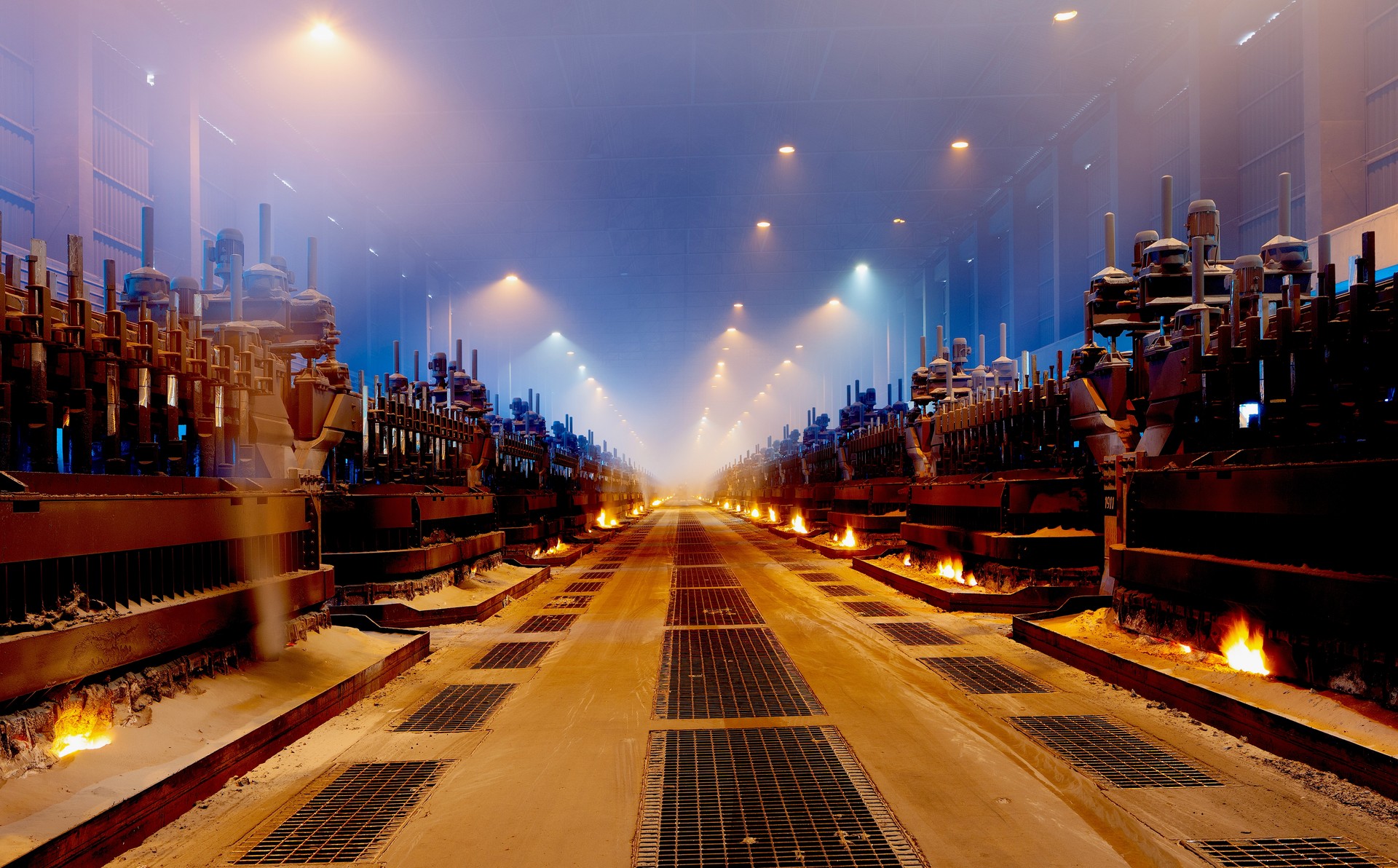Why decarbonizing aluminum is key to our clean energy future
New blog series will explore aluminum’s limitless potential in America’s rapidly growing clean energy economy
Annie Sartor, Aluminum Campaign Director, Industrious Labs

"Without aluminum, we simply can’t build the electric cars, solar panels, heat pumps, transmission lines, batteries, and more that we need for a zero-carbon economy."
Look around you. The odds are you are within reach of a piece of aluminum. From smartphones and computers, to food and drink packaging, to the cars we drive, and to the buildings we live and work in, aluminum is an essential component of our everyday lives. What may be less understood is that aluminum is also essential to our clean energy future. Without aluminum, we simply can’t build the electric cars, solar panels, heat pumps, transmission lines, batteries, and more that we need for a zero-carbon economy.
We’re launching a series that will explore aluminum’s limitless potential in America’s rapidly growing clean energy economy. Take electric vehicles: Already, transportation uses 35% of all U.S. aluminum, and this metal has been used in cars since the Model T. Because aluminum is so lightweight, it’s a critical material for extending their range by offsetting the weight of heavy batteries. In fact, EVs use 42% more aluminum than standard cars. As U.S. EV and battery manufacturing soars to exciting and unprecedented heights spurred by $120 billion in public and private investments with more to come, the demand for aluminum will skyrocket.
Aluminum is equally, if not more mission critical to solar panel manufacturing, accounting for 85% of components in solar panels. Industry experts project that in the next 10 years, 500 GW of solar will be installed in the U.S. By 2035, demand from U.S. solar power manufacturing alone will far exceed all of the aluminum that’s made nationwide today.
Due to demand growth and material specifications, many of these industries will need primary aluminum, which is newly manufactured and historically powered by fossil fuels, instead of secondary aluminum, which has been recycled. Why is that important? Well, we can’t recycle our way out of this conundrum. Secondary aluminum alone cannot meet the growing demand for aluminum, which means that we need more primary aluminum production, and we need to clean up the primary production that we have today. The vast majority of carbon emissions from U.S. aluminum production result from primary production, despite the fact that secondary production is three times larger.
This will be a key test for beginning to address a much larger problem, which is the climate pollution that results from industry. Industry is the largest single source of U.S. greenhouse gas emissions, making up 27% of all emissions. If we fail to decarbonize the industrial sector, we will only undercut our progress elsewhere as manufacturing and production increases.
The U.S. aluminum industry is a great place to start, although it’s currently struggling to stay afloat. As foreign manufacturers, aided by cheap energy, took over the market, U.S. primary aluminum production has plummeted over the past 50 years. Today, just 1.5% of primary global aluminum smelting takes place in the U.S. But we also have a tremendous opportunity to reverse this decline and create family-sustaining jobs in communities that have been hit hard by the aluminum industry’s decline by investing in sustainable aluminum.
Subsequent posts in the series will delve into the current status of the industry, how we can prepare to meet this huge growth in demand, and how we can modernize and revitalize it while supporting workers and communities. We will also discuss what it means to produce sustainable aluminum—which is made with advanced technologies powered by renewable energy, resulting in higher efficiencies, increased affordability, and far less pollution. Stay tuned.